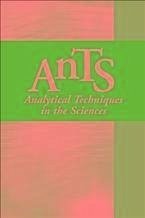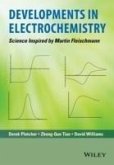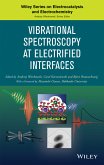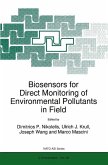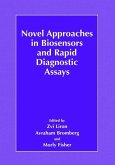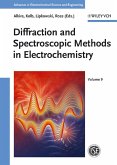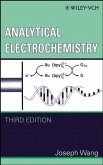Covering the huge developments in sensor technology and electronic sensing devices that have occurred in the last 10 years, this book uses an open learning format to encourage reader understanding of the subject.
Key features and subjects covered include the following:
- An invaluable distance learning book
- Applications orientated providing invaluable aid for anyone wishing to use chemical and biosensors
Key features and subjects covered include the following:
- Sensors based on both electrochemical and photometric transducers
- Mass-sensitive sensors
- Thermal-sensitive sensors
- Performance factors for sensors
- Examples of applications
- Detailed case studies of five selected sensors
- 30 discussion questions with worked examples and 80 self-assessment questions
- 140 explanatory diagrams
- An extensive bibliography
Dieser Download kann aus rechtlichen Gründen nur mit Rechnungsadresse in D ausgeliefert werden.
"...It would be a valuable addition to university libraries..." (Chemistry in Britain, November 2002)) "...a useful contribution to introducing the subject to a wider range of analytical scientists..." (Chemistry & Industry, 3 March 2003) covers a wide range of sensoring systems accessible to a broad audience. (Metrohm Information, Vol.33, No.2 2004)

